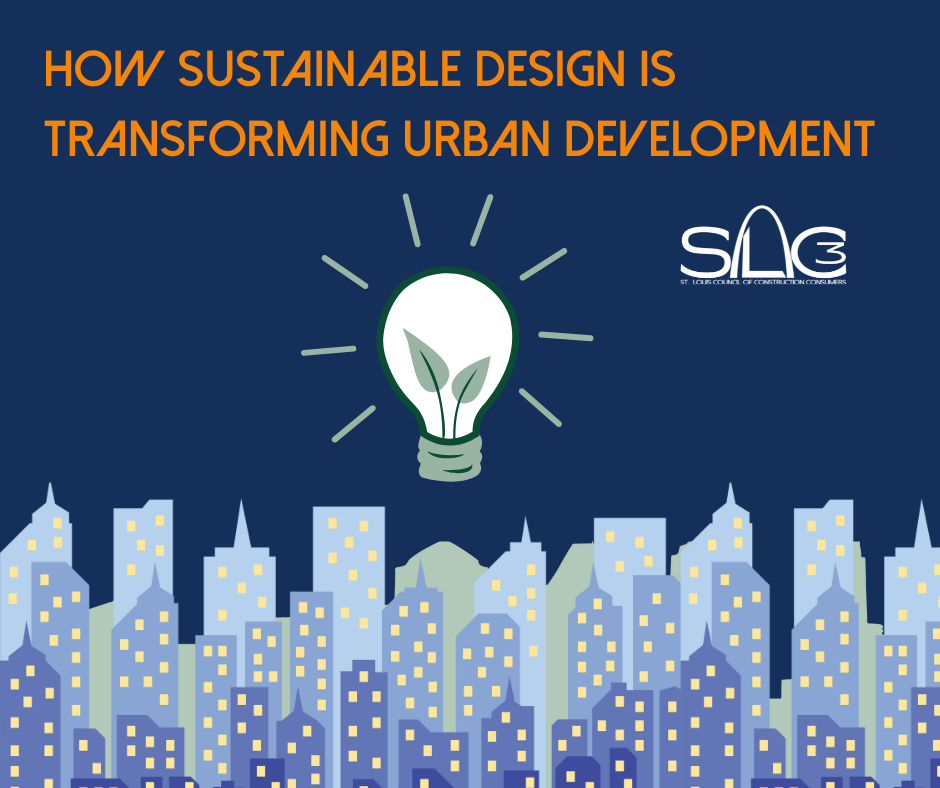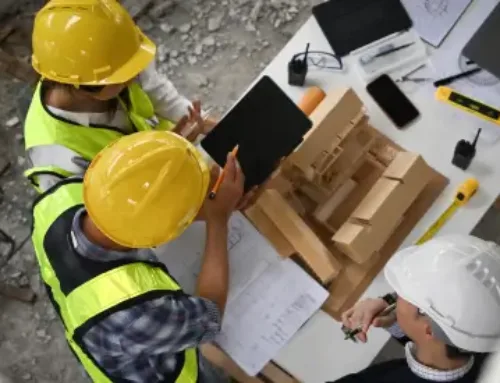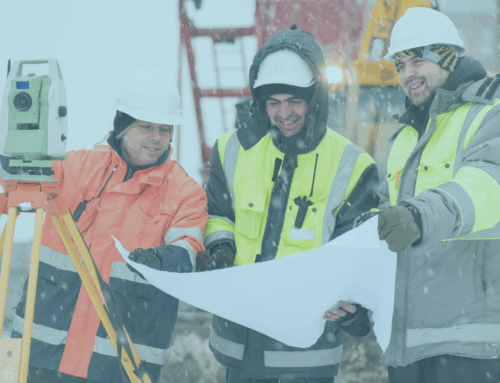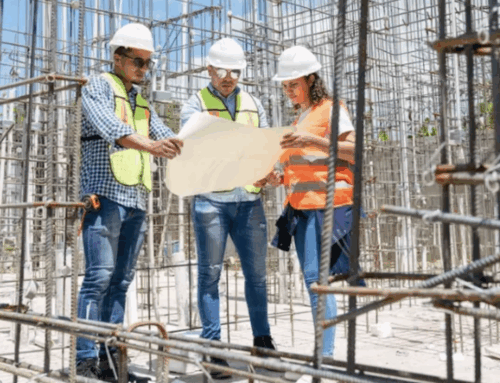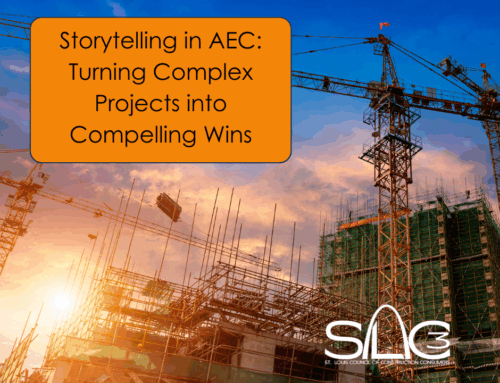Cities are evolving—and sustainability is leading the way. Around the world, architects, engineers, and builders are reimagining how communities can grow responsibly, balancing development with environmental stewardship. The result is a new era of urban design that prioritizes efficiency, wellness, and long-term resilience.
From Concept to Construction: What Sustainable Design Really Means
Sustainable design goes beyond installing solar panels or adding a green roof. It’s about creating holistic systems that minimize waste, optimize performance, and improve quality of life.
At its core, sustainable design integrates principles such as:
- Energy efficiency through smart building systems and passive design.
- Resource conservation via recycled or renewable materials.
- Healthy environments that promote well-being and community connection.
Certifications like LEED, WELL, and Living Building Challenge help guide this process—setting measurable benchmarks for sustainability and accountability.
The Materials Revolution
Materials are at the heart of this transformation. Traditional concrete and steel are being joined—or replaced—by innovative, low-carbon alternatives.
- Mass timber is gaining popularity for its strength, beauty, and carbon-sequestering benefits.
- Recycled concrete and steel reduce waste and emissions.
- Locally sourced materials help cut down transportation costs and carbon output.
Together, these advancements are redefining what modern skylines can look like—without compromising performance or aesthetics.
Integrating Nature into Design
Biophilic design is changing the way we think about urban spaces. Architects are increasingly weaving natural elements into the built environment, creating buildings that breathe and neighborhoods that thrive.
Features such as green roofs, living walls, and urban greenways help reduce heat, improve air quality, and foster biodiversity—all while providing people with places to recharge and reconnect.
Projects like these prove that sustainability isn’t just a design trend—it’s a wellness strategy for entire cities.
Smart Cities and Sustainable Tech
Technology is another major driver of urban sustainability. Smart sensors, data systems, and AI-powered controls are helping cities manage energy and resources with unprecedented precision.
Imagine buildings that automatically adjust lighting and temperature based on occupancy, or entire districts that track water use in real time. These systems don’t just reduce waste—they optimize performance, making sustainability scalable.
Economic and Social Benefits
Sustainable design doesn’t just make cities greener—it makes them stronger. Communities that invest in responsible design see tangible returns, including:
- Lower long-term operating costs through efficient systems.
- Increased property values for sustainably built projects.
- Improved public health thanks to better air, light, and walkability.
- Attraction of talent and investment, as sustainability becomes a key economic driver.
- Stronger community engagement, as residents take pride in local environmental leadership.
These benefits prove that sustainability isn’t just good for the planet—it’s good for business and people, too.
The Future of Urban Design
The next generation of urban development is about building communities that last. Architects, engineers, and developers are moving beyond “green buildings” toward entirely sustainable ecosystems—neighborhoods designed to adapt, regenerate, and inspire.
As cities continue to grow, the question is no longer if we should build sustainably, but how quickly we can make it the standard.

